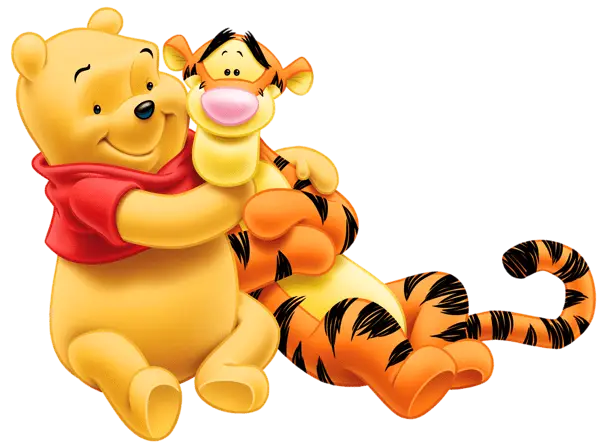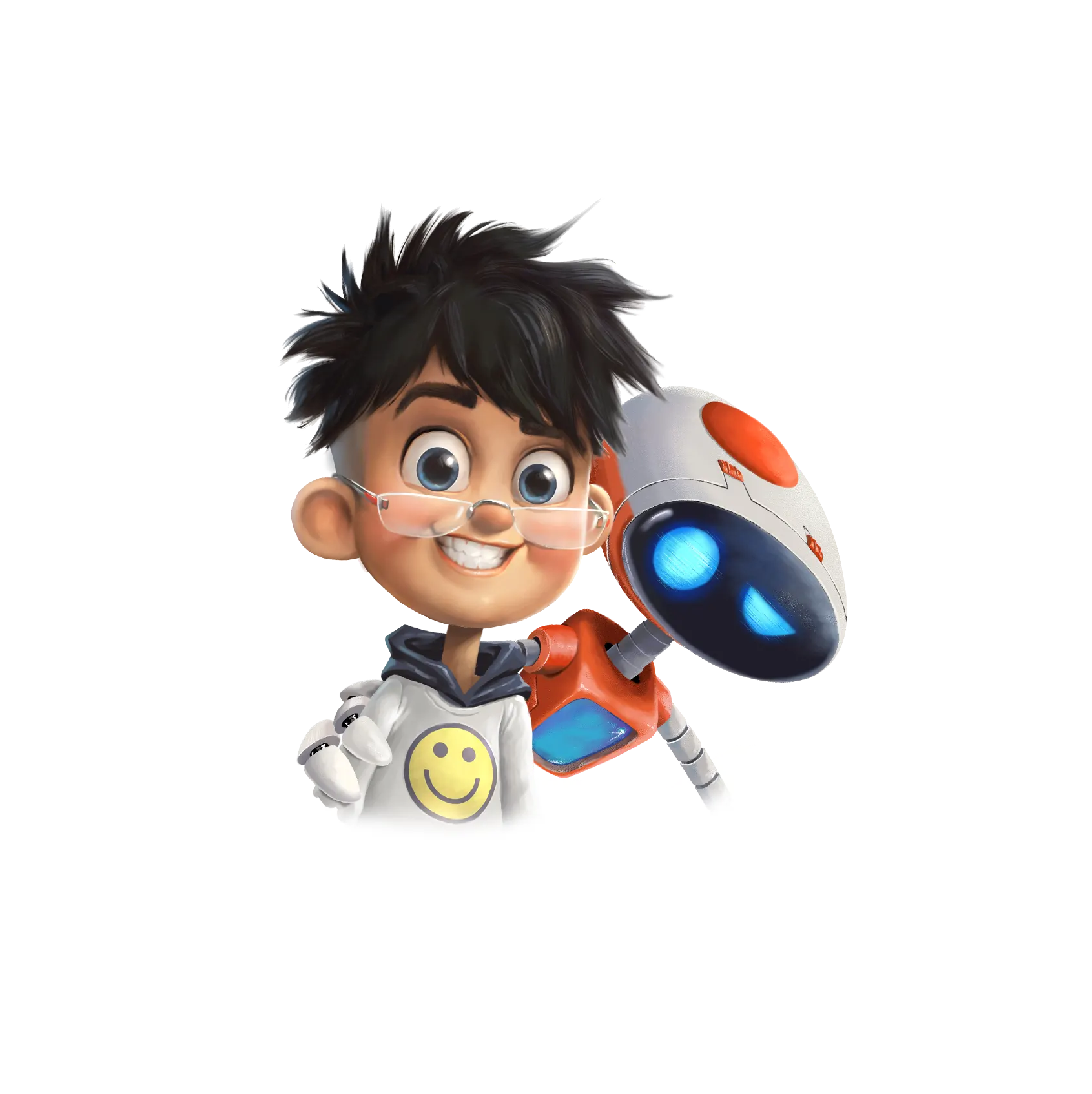What’s the difference between Japanese and American animation?
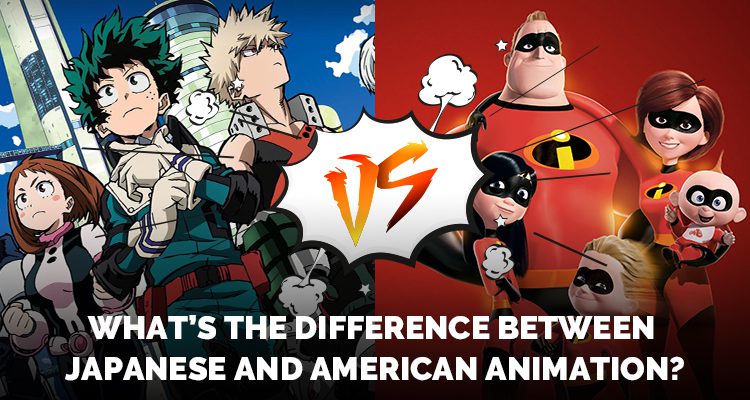
With the growing use of technology and many platforms to watch series and movies, the publicity of media has given way to consuming much more (and varied) visual content. Regarding this, both Japanese vs American animation pursue the goal of conveying information using visual stories, there are many differences between the way in which these two cultures approach the animation industry.
Thus, one of the main differences is the way in which both groups draw the characters. Japanese animation (also known as anime) is highly acquainted with showing many details on the characters’ features, for example, eyes with many highlights and clothing with different colors; as well as detailed eyelashes, hair, and accessories. In American culture, on the other hand, cartoons don’t have this much detail when it comes to colors, lining, and shadows.
This great difference gives way to another one: the visual feel of both animation styles. Whereas cartoons animated by Americans give a fictional feel to the story, the detailed features of the anime and their realistic human reactions make this type of animation much more relatable in a human way.
Nonetheless, American cartoons are quite famous for using motion to allow different ways to express emotion during a certain scene, a thing that anime characteristically lacks. In other words, Americans animate by using frame by frame; whereas in Japan shortcuts are used, known as scenes that can happen without much movement (or any movement at all) to express drama. This is the reason why American animators usually call the Japanese “lazy”.
Finally, other differences between the two styles are related to the theme and audience. When it comes to the theme, anime is normally focused on real-life experiences and human emotions based on them, whereas American cartoons tend to be more fictional and fantastic. Because of this, the targeted audience for both is also diverse: While American cartoons are typically designed for children, anime is made for children as well as teens and adults.
Even though there are many differences between both Japanese and American styles of animation, it’s undeniable that they have a unique way of visually expressing a plot and transmitting relatable emotions through characters.
FAQ
Japanese animation (anime) features detailed character designs, including intricate eyes, hair, and accessories, while American cartoons focus less on details, with simpler colors, lining, and shadows.
American animators often use frame-by-frame animation to convey motion and emotion, whereas Japanese animators frequently use static or minimal movement scenes to express drama.
Anime often explores real-life experiences and human emotions, while American cartoons lean more toward fictional and fantastical themes.
American cartoons are typically aimed at children, whereas anime caters to a broader audience, including children, teens, and adults.
The detailed character features and realistic human reactions in anime make it more relatable, while American cartoons generally focus on a more fictional and exaggerated feel.



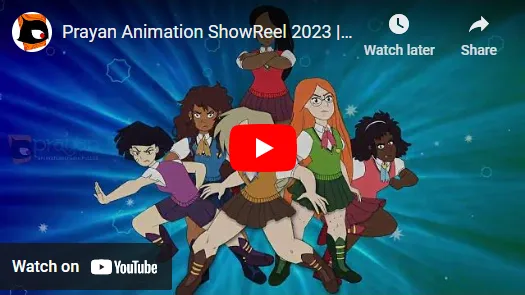



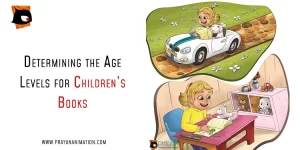









 We can help you.
We can help you. 

